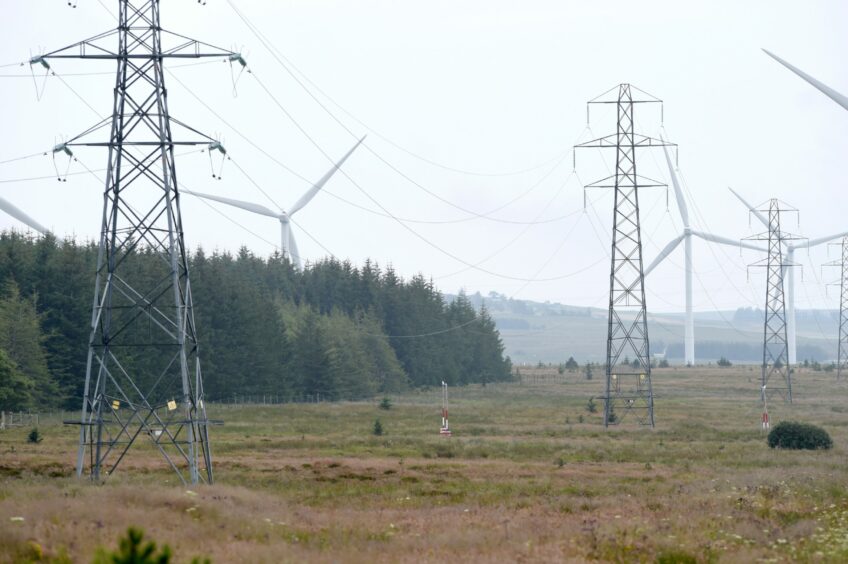
New analysis by GE Vernova suggests around 22GW of new transmission capacity will be needed across Scottish boundaries to prevent up to 50% of wind energy being wasted.
A new report from the company – the energy business of the US conglomerate – found that with UK electricity demand expected to double by 2050, a “significant reinforcement or addition” to transmission will be necessary to meet emissions targets.
The ‘Reaching Net Zero Carbon in Great Britain’ report sought to estimate the cost and impact to the system of ensuring energy security, while respecting the physical and ‘zonal’ constraints of the current grid.
The analysts determined that an additional 250GW of renewable and decarbonised generation will be needed by mid-century – approximately two and a half times that of the existing plant on the grid.
And while renewables will form roughly two-thirds of new additions, it also sees an “important role” for nuclear and abated gas power, which provide “essential” reliability services, help manage grid congestion and can be sited closer to demand.
Modelling suggests between 70-100GW of offshore wind will be added by 2050 – a significant portion of which will be located in Scotland – alongside 10-30GW of British onshore wind in addition to the refurbishment of existing projects.
This will compliment 70GW of solar, mainly in the southern UK, and 60GW of battery energy storage systems around the country.
At the same time, it expects up to 27GW of combined cycle gas turbines (CCGTs) with carbon capture and storage (CCS) and 23GW of hydrogen-capable open cycle gas turbines (OCGTs) will be in operation.
In addition, it foresees 10-18GW of new nuclear capacity.
22GW of capacity needed to avoid curtailment
To ensure that energy can be consumed where it’s needed, GE also calls says a significant reinforcement or addition of transmission infrastructure is “inevitable”.
Notably, this includes roughly 22GW of additional transmission line capacity across the Scottish boundaries, the bulk of which will carry offshore wind to demand centres further south.
Without that investment, the report warns about 30% to 50% of available wind energy in Scotland is at risk of being curtailed by 2050.
This includes work to build new transmission lines and equipment, increased grid management and controls, and flexible demand such as hydrogen electrolysers and energy storage.
In the absence of these investments, up to 15% curtailment of available wind and solar energy will also occur in the Southwest.
Indeed, around 57GW of transmission is needed on English boundaries to alleviate congestion and avoid curtailment of renewable electricity to save system costs of circa £80bn by 2050.
Meanwhile in the Midlands and around London, grid congestion and fewer lower carbon power sites near mean both regions require greater grid automation and demand-side resources to efficiently manage demand.
The warning follows similar comments from Scottish energy minister Gillian Martin, who recently told a global wind conference that transmission charging and a lack of grid infrastructure were “a key barrier” to net zero in Scotland, and called for “a new approach.”
Meanwhile the National Grid Electricity System Operator (ESO) has announced a series of “targeted reforms” in a bid to speed up connections.
The report notes that the overall value of reducing curtailments across the UK amounts to £10bn per year by 2050.
GE’s report too called for greater and faster investment in infrastructure, expedited market reforms and regulation that would spur the adoption of low-carbon generation such as modular nuclear and hydrogen systems.
It cautioned however, that there remains “no silver bullet” to “fast forward” the electricity system to meet the needs of 2050.
Recommended for you

 © Supplied by GE Vernova
© Supplied by GE Vernova